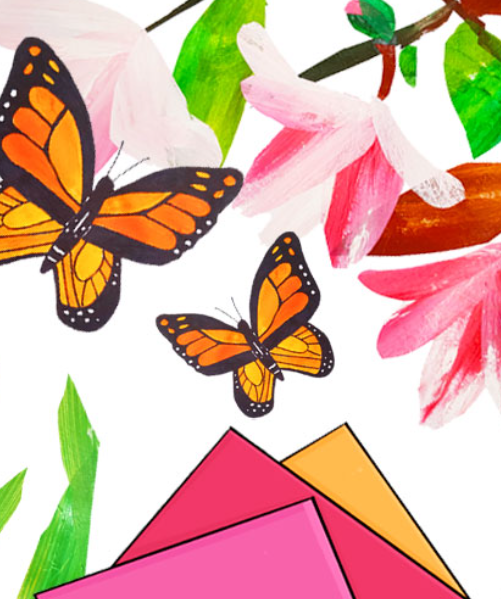In today’s fast-paced educational landscape, teachers are constantly seeking innovative methods to engage and inspire their students. One powerful tool that often gets overlooked is incorporating art lessons into the curriculum. While the benefits of art education for students are well-documented, the advantages for teachers themselves are equally significant yet frequently underestimated. In this comprehensive guide, we delve into the myriad ways in which art lessons can enhance the professional lives of educators, fostering creativity, improving classroom dynamics, and revitalizing teaching approaches.
Enhancing Creativity and Self-Expression
Unleashing Creative Potential
Art lessons provide teachers with a unique platform to explore their own creativity and self-expression. Engaging in artistic endeavors allows educators to tap into their imagination, experiment with different mediums, and break free from the constraints of traditional teaching methodologies. By immersing themselves in the creative process, teachers can reignite their passion for learning and inspire a sense of wonder in their students.
Cultivating Innovative Teaching Strategies
The skills cultivated through art lessons extend beyond the canvas, influencing teaching strategies across all subjects. Teachers who incorporate art into their curriculum often discover new ways to present information, encourage critical thinking, and foster collaboration among students. By embracing a more interdisciplinary approach to education, educators can create dynamic learning experiences that resonate with diverse learners.
Fostering Personal Growth and Well-Being
Stress Reduction and Mindfulness
In the demanding field of education, art lessons offer teachers a much-needed opportunity for relaxation and stress relief. Engaging in artistic activities promotes mindfulness and allows educators to disconnect from the pressures of the classroom. Whether it’s painting, drawing, or sculpting, the act of creating art provides a therapeutic outlet for processing emotions and rejuvenating the spirit.
Building Resilience and Adaptability
The practice of art encourages experimentation and risk-taking, qualities that are essential for personal growth and professional development. Through art lessons, teachers learn to embrace failure as an integral part of the creative process, building resilience and adaptability in the face of challenges. By modeling a growth mindset for their students, educators inspire confidence and perseverance in the pursuit of learning.
Strengthening Classroom Dynamics and Community
Fostering Inclusivity and Diversity
Art lessons serve as a powerful tool for promoting inclusivity and celebrating diversity within the classroom. By exploring various artistic traditions and cultural perspectives, teachers can create a welcoming environment that honors the unique backgrounds and experiences of all students. Through collaborative art projects, educators encourage empathy, respect, and understanding among their students, fostering a sense of belonging and community.
Facilitating Communication and Engagement
Art has the ability to transcend language barriers and facilitate communication on a deeper, more intuitive level. By incorporating art lessons into their teaching practice, educators provide alternative means of expression for students who may struggle to articulate their thoughts verbally. Through visual storytelling and creative exploration, teachers can engage learners of all abilities and foster meaningful connections within the classroom.
Conclusion
In conclusion, the benefits of art lesson for teachers are as diverse and profound as the benefits for students. From enhancing creativity and self-expression to fostering personal growth and strengthening classroom dynamics, the incorporation of art into the curriculum has the power to transform teaching practice and enrich the educational experience for all. By embracing the transformative potential of art education, educators can inspire a lifelong love of learning and cultivate a culture of creativity and innovation in the classroom.
